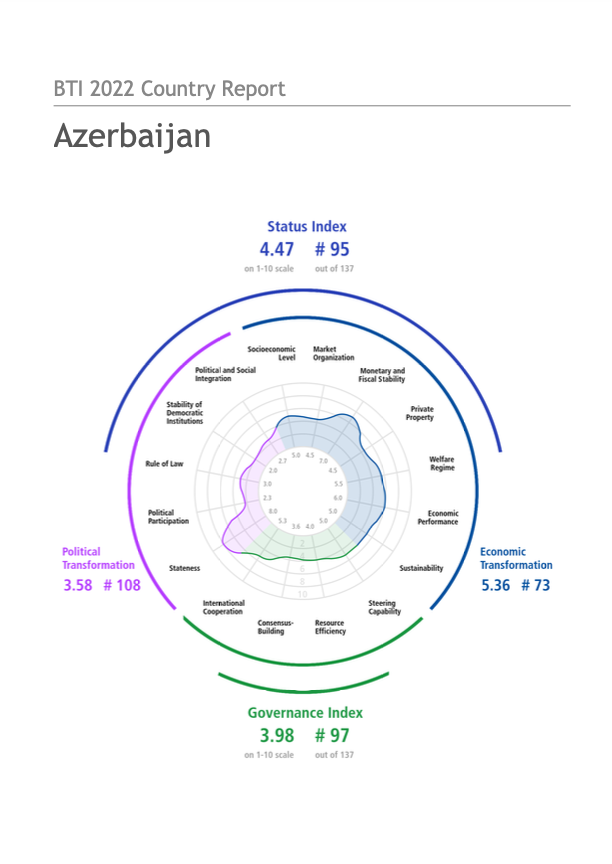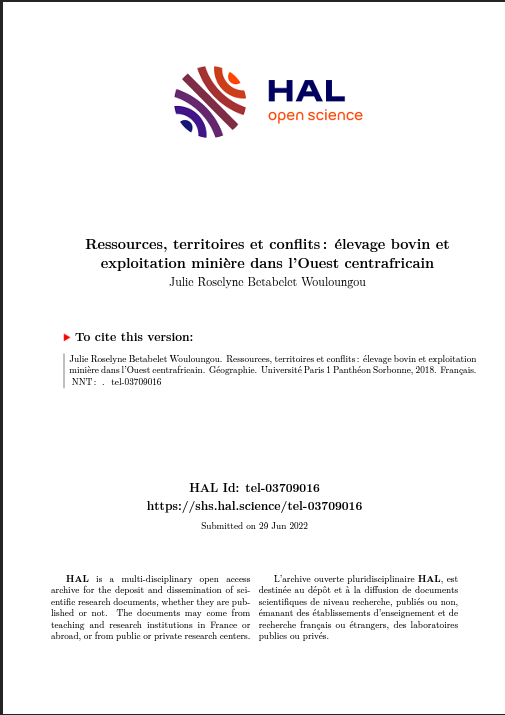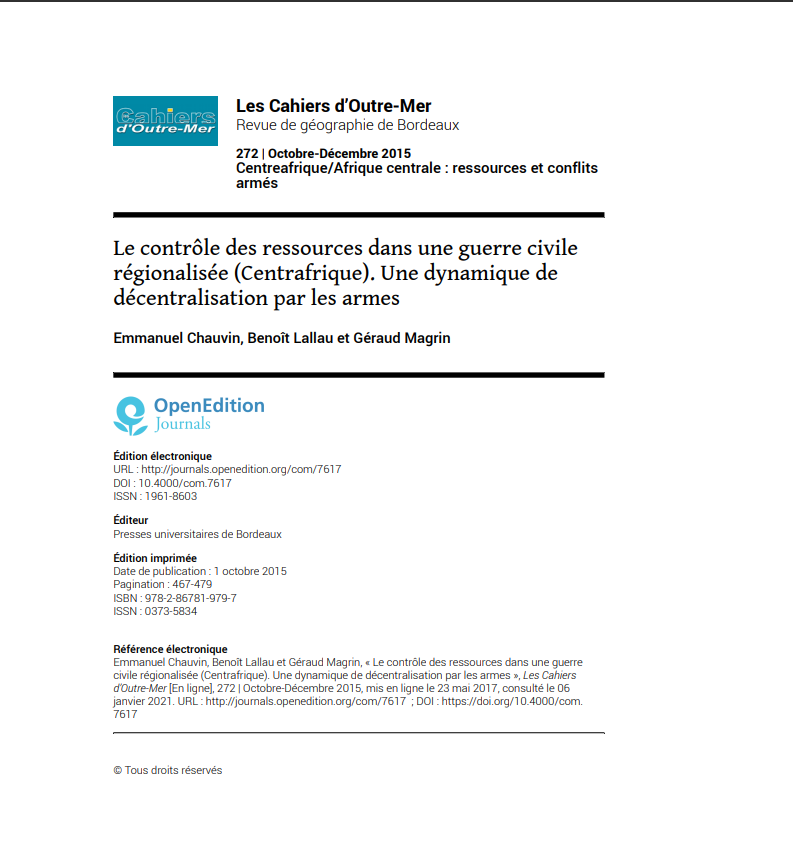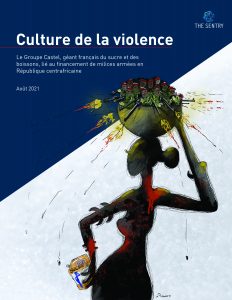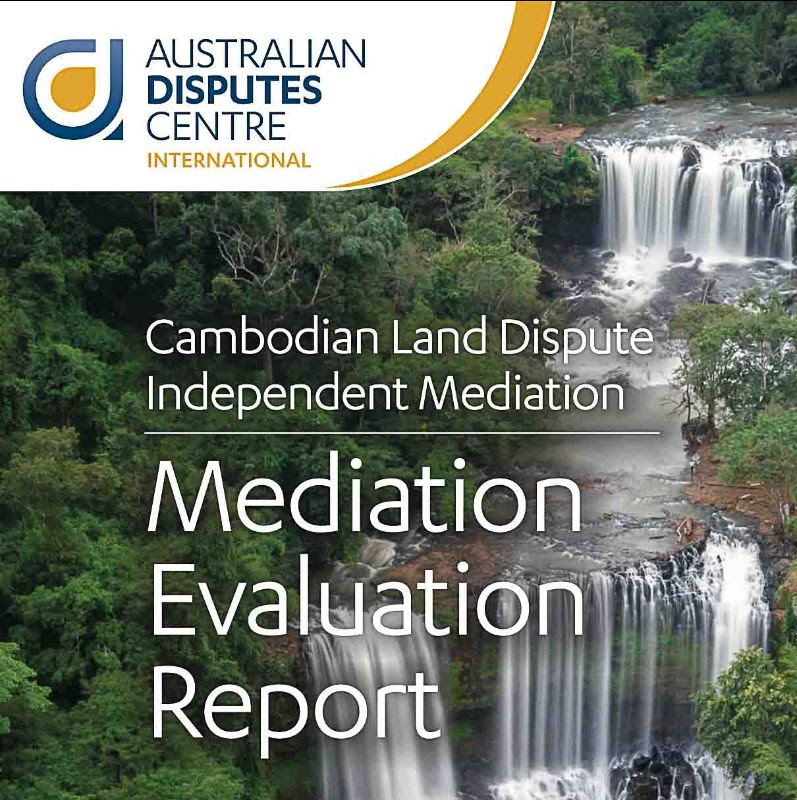Cadre législatif et réglementaire du Tchad
Vaste pays (1 284 000km²), très largement désertique, au moins au nord de la frontière naturelle que constitue le Chari, le Tchad comptait une population de 10 millions d’habitants en 2006, dont le taux de croissance est de 3,3 % la même année1. Comme le relevait déjà une étude de 1996, la part urbaine de cette population est en forte expansion (taux de croissance de 4,8 %, mais avec des pics pour N’Djamena, 6 %, et Moundou, la ville du pétrole, avec 4,8 %). Cette population urbaine représenterait àpeu près 20 % de la population2.


